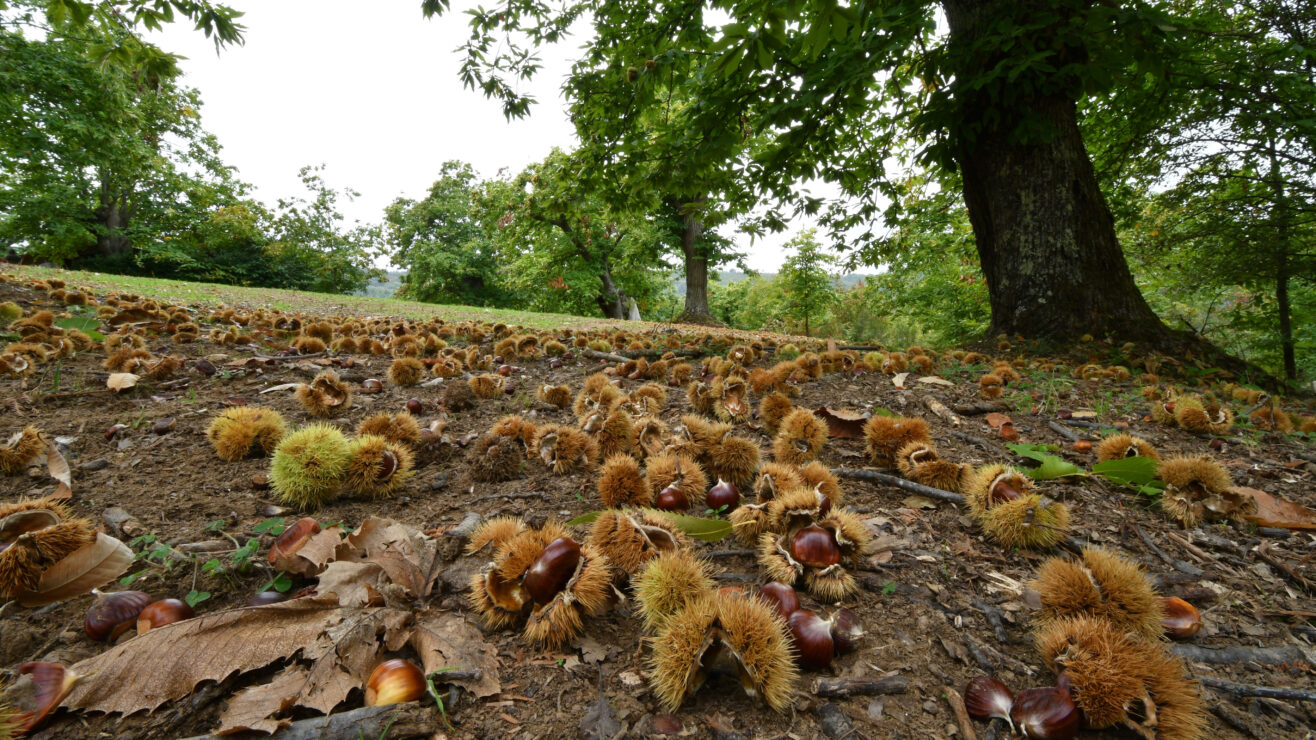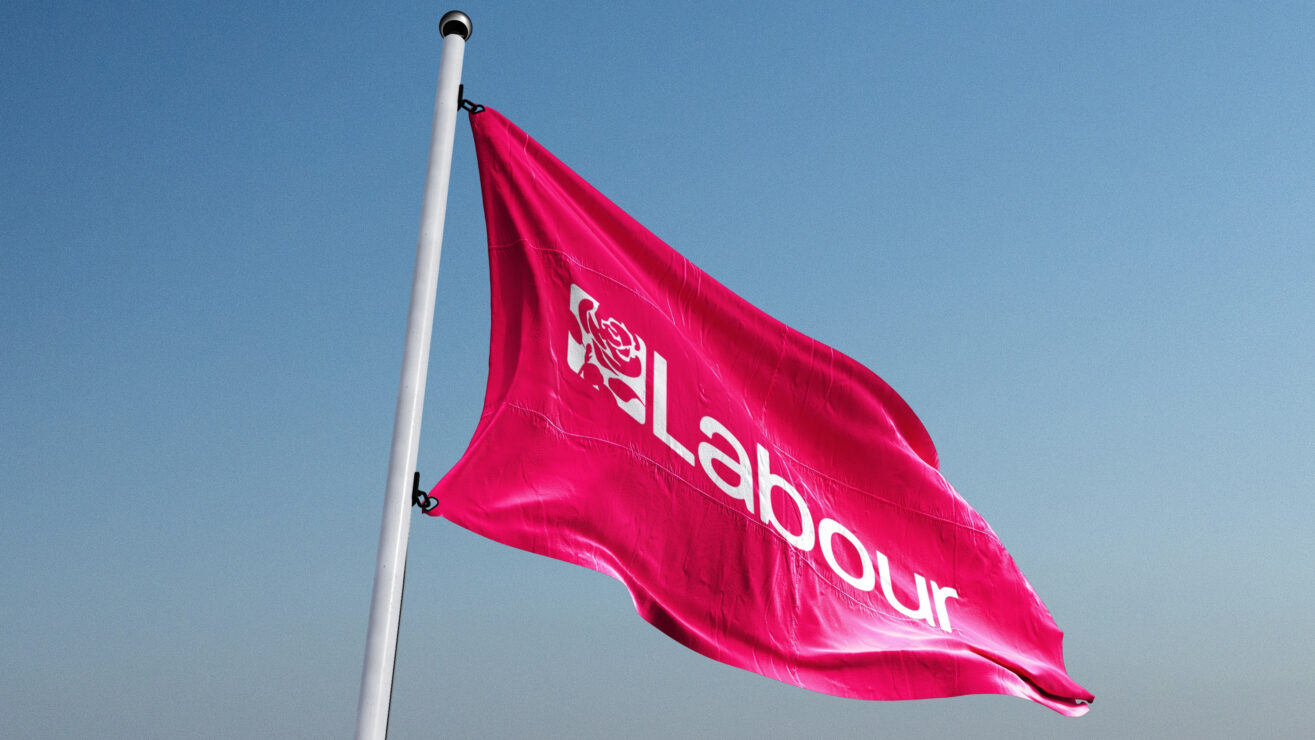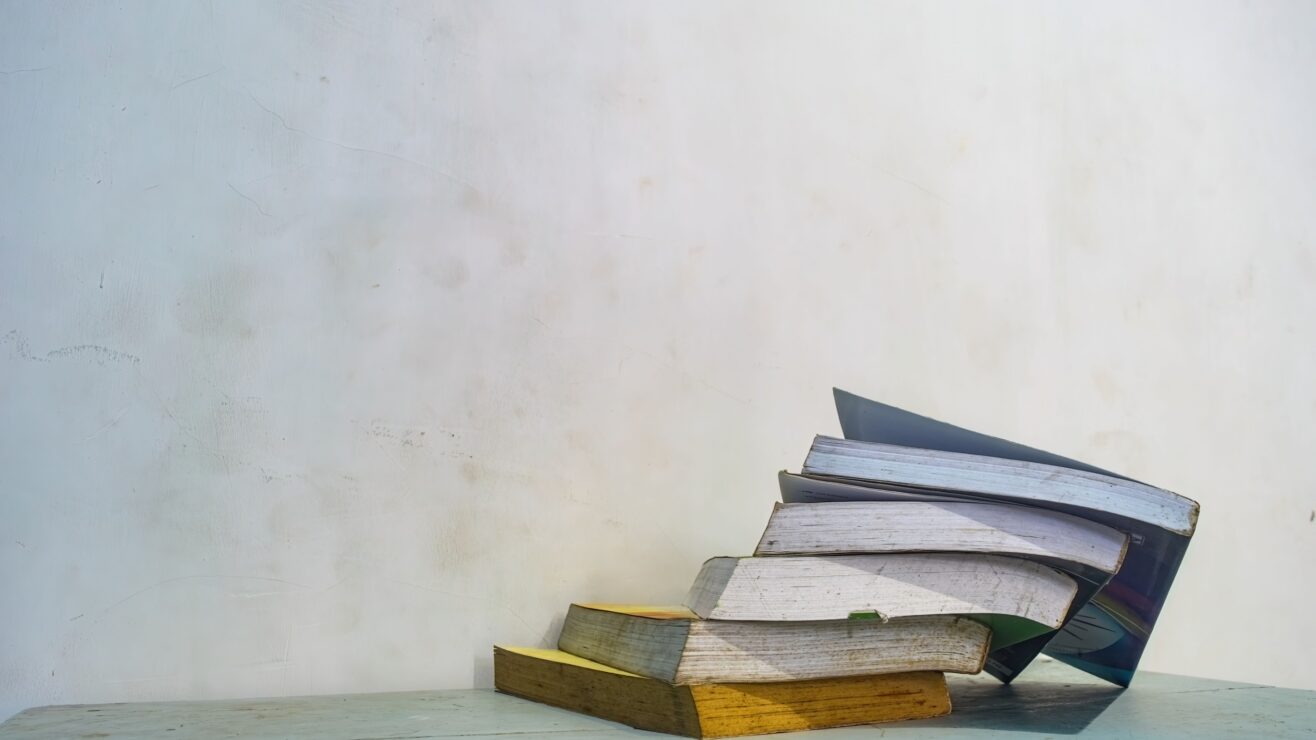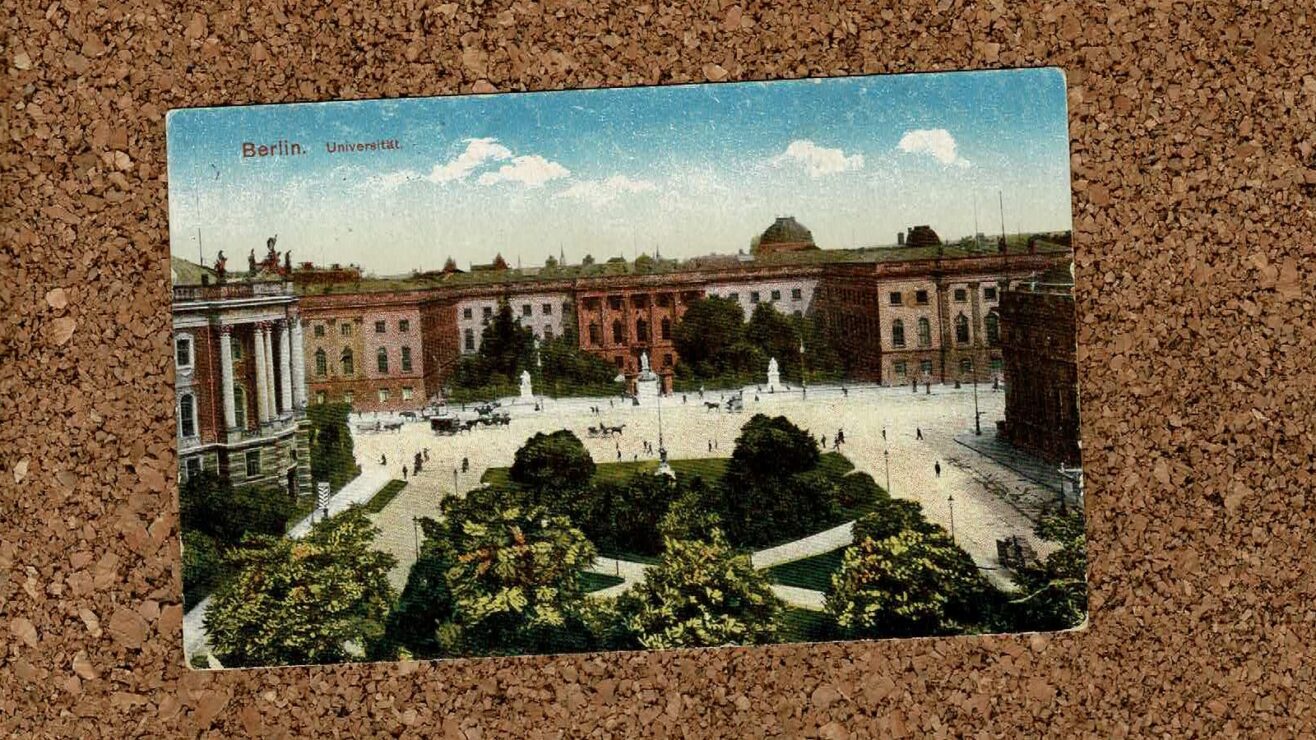The call to “rediscover” a university’s civic mission has become a familiar refrain. There are lots of good reasons to do it, some altruistic but lots of practical ones too.
Universities, as locally-rooted charities should both do good and also be seen to do good. As part of their day to day operations of course they need to engage more widely be it to get planning permission, leverage investment or local funding, collaborate on projects, or recruit the right workforce. Likewise, potential local partner organisations frequently look to universities to fill committee seats; as potential funders of projects or sources of brain power.
Anchors away?
In my work visiting universities, I’m often asked what they could be doing to leverage their role as “anchor institutions”. Likewise, as a governor in a university I know we frequently challenge ourselves about what the institution is doing to make to most of its relationships in the city region to benefit students, staff and the community. What seems missing from the “anchor institution” debate, however, is more detail on what could – and should – actually be done to make these high aspirations a reality.
I think we need to ask ourselves, are really making the most of what true engagement could bring? Indeed, does it require a re-setting of the dial, revisiting both how universities operate and are structured around collaboration and how they are perceived by potential partners.
Canadian superpowers
To this end, KPMG has published a case study on the experience of universities in Toronto. In our report, Universities: harnessing their superpowers, we make practical recommendations for what collaboration can look like between universities and their cities. Toronto’s universities demonstrate how it’s possible to excel in individual initiatives, yet also come together for the benefit of the city.
The report shows how universities in and around Toronto are using five key superpowers to work with their city and strengthen it:
- Universities are ‘anchor tenants’, investing in the future and inspiring confidence. They send a message to fellow city residents: ‘we believe in the prosperity of this area’.
- Universities have long-term visions. Looking beyond the cycle of mayoral appointments and provincial elections, a university can be a trusted partner for future planning.
- Universities can be critical yet constructive, outspoken yet objective. They are machines for solving problems and generating ideas, home to highly-concentrated brain-power, and steeped in knowledge and evidence.
- Universities educate and train the future workforce. They provide the skills to build the city.
- Universities are a window to the world, framing local issues within international debates, and bringing global discoveries to the city.
When we launched the report at Wonkfest, we did so alongside a discussion of the government’s industrial strategy. This may be the latest, the most pressing, hook onto which universities’ regional relationships can be placed. But the need existed before the latest iteration of the strategy and will exist long after, not least – as we see from the Toronto example – the power of cities with identities distinct from national personae will only increase.
While the idea of metro mayors may have taken some time to move from inception to fruition in England, the point stands that they will, in all likelihood, only become more significant. It’s also the case that while economic growth and promoting productivity are important, these aren’t the only goals. I hope that universities, when well-connected with their cities, can also be ways of making healthier, culturally richer and more interesting places to live, work and study.
Distinctive success
Thinking about the relationship between a university and a city should also be part of pursuing distinctiveness, as much as it’s about the bottom line. That sense of connection, of shared history and future, is integral to the enterprise. There are relatively few institutions that are designed to exist in perpetuity: universities are in this category. By focusing on the long-term relationship between a university and the city, a symbiosis can promote mutual success.
This is particularly important when it comes to using university estates: I’d like to see the (real or metaphorical) high walls be torn down in favour of more connected and integrated spaces and this can be done best when taking a longer-term view of the estate, and in collaboration with neighbours. The university reaching out, but also the city – and community – reaching in much more.
Making real the aspirations of connecting with a local community can be difficult. The warm words can come easily, but in a world of many competing priorities (including the need to succeed nationally, and to have global ambitions) bringing this to fruition can be difficult. Learning from others’ experience is one way of shedding light on this question and, through the Toronto case study, I hope that the UK’s universities can take on board ideas for action close to home.













